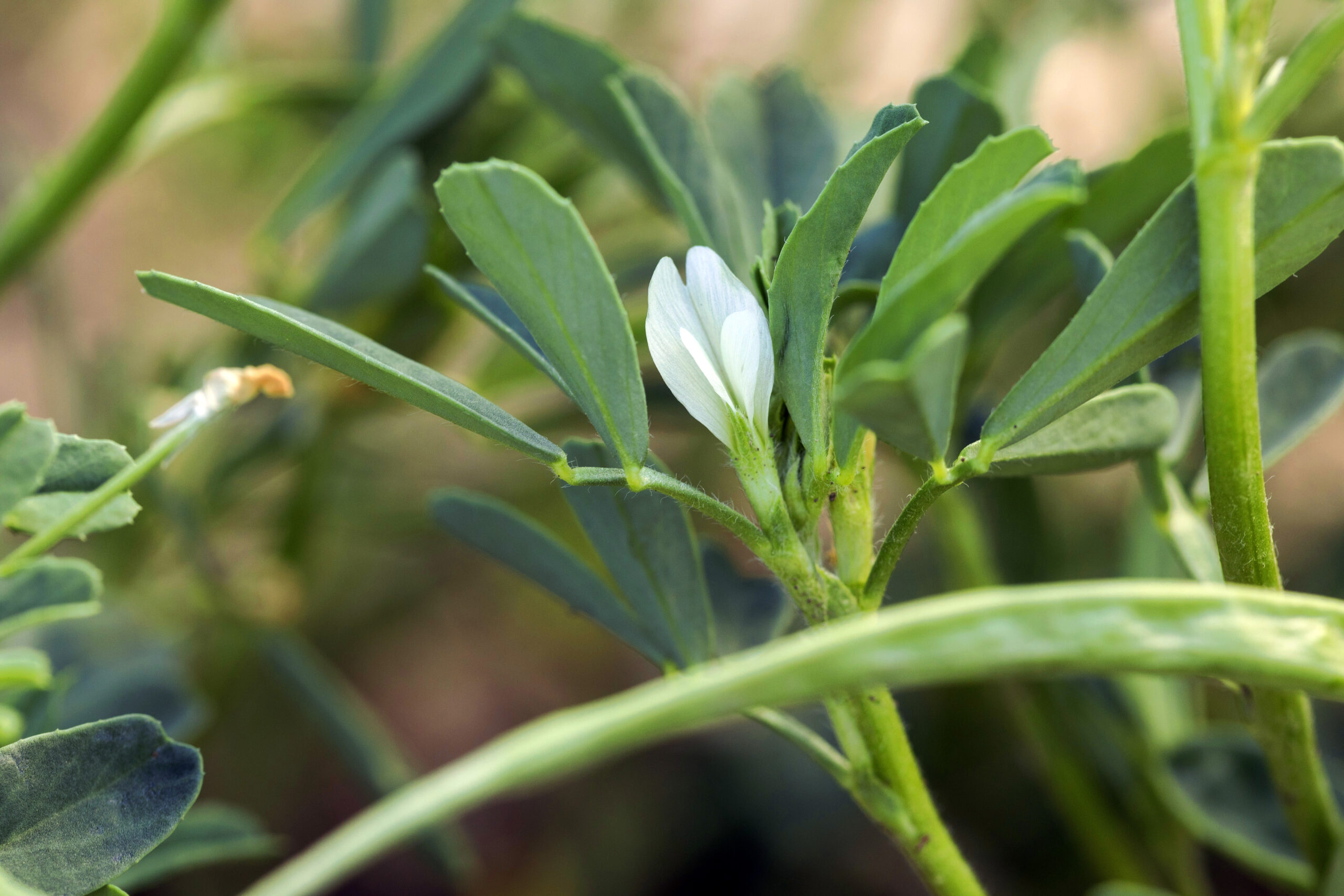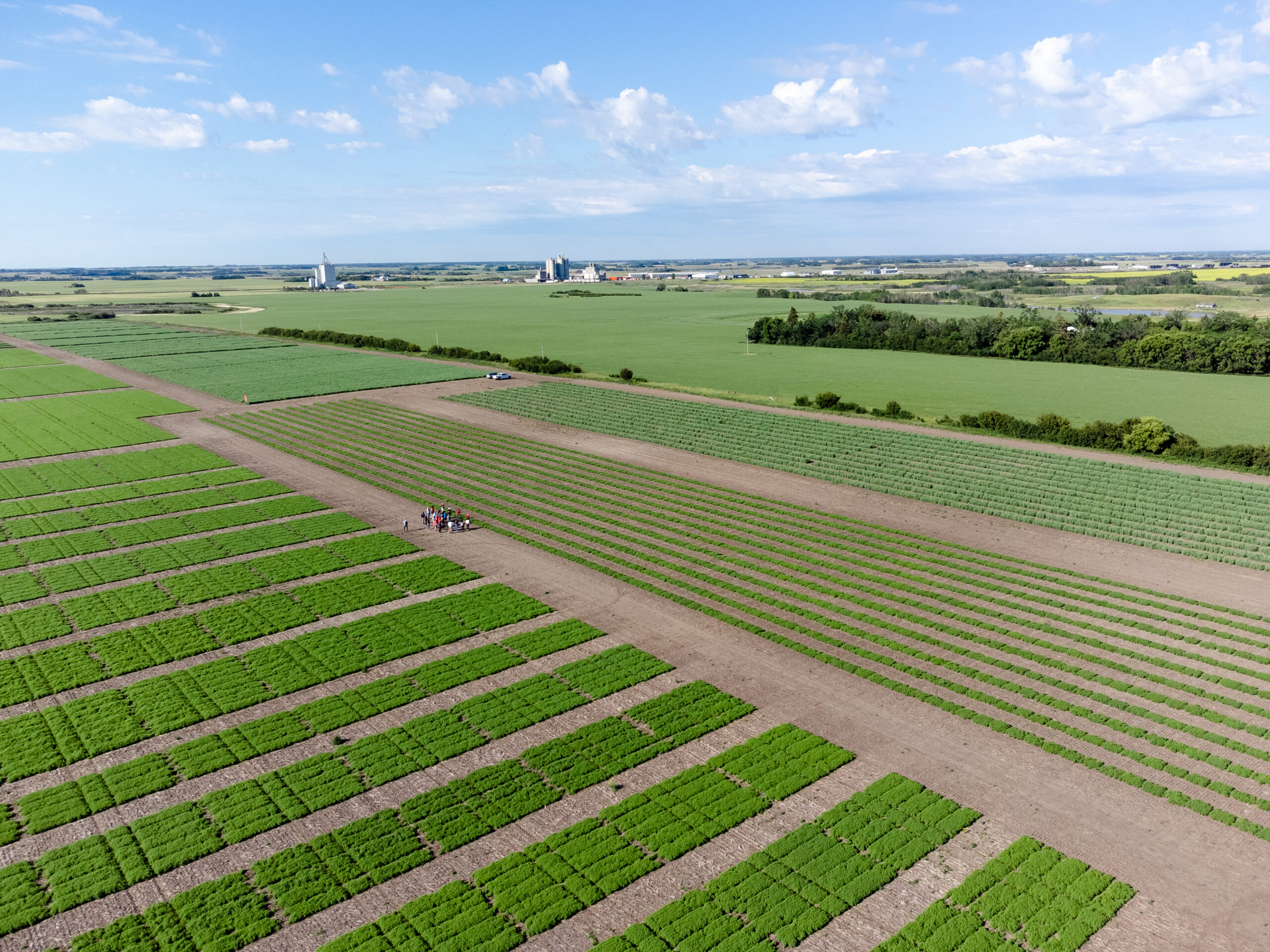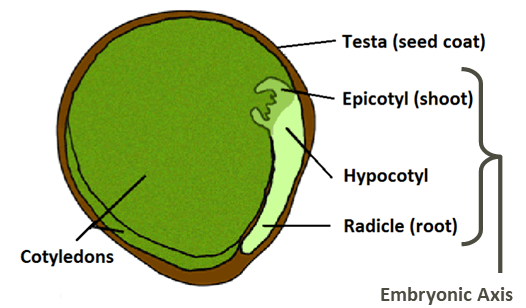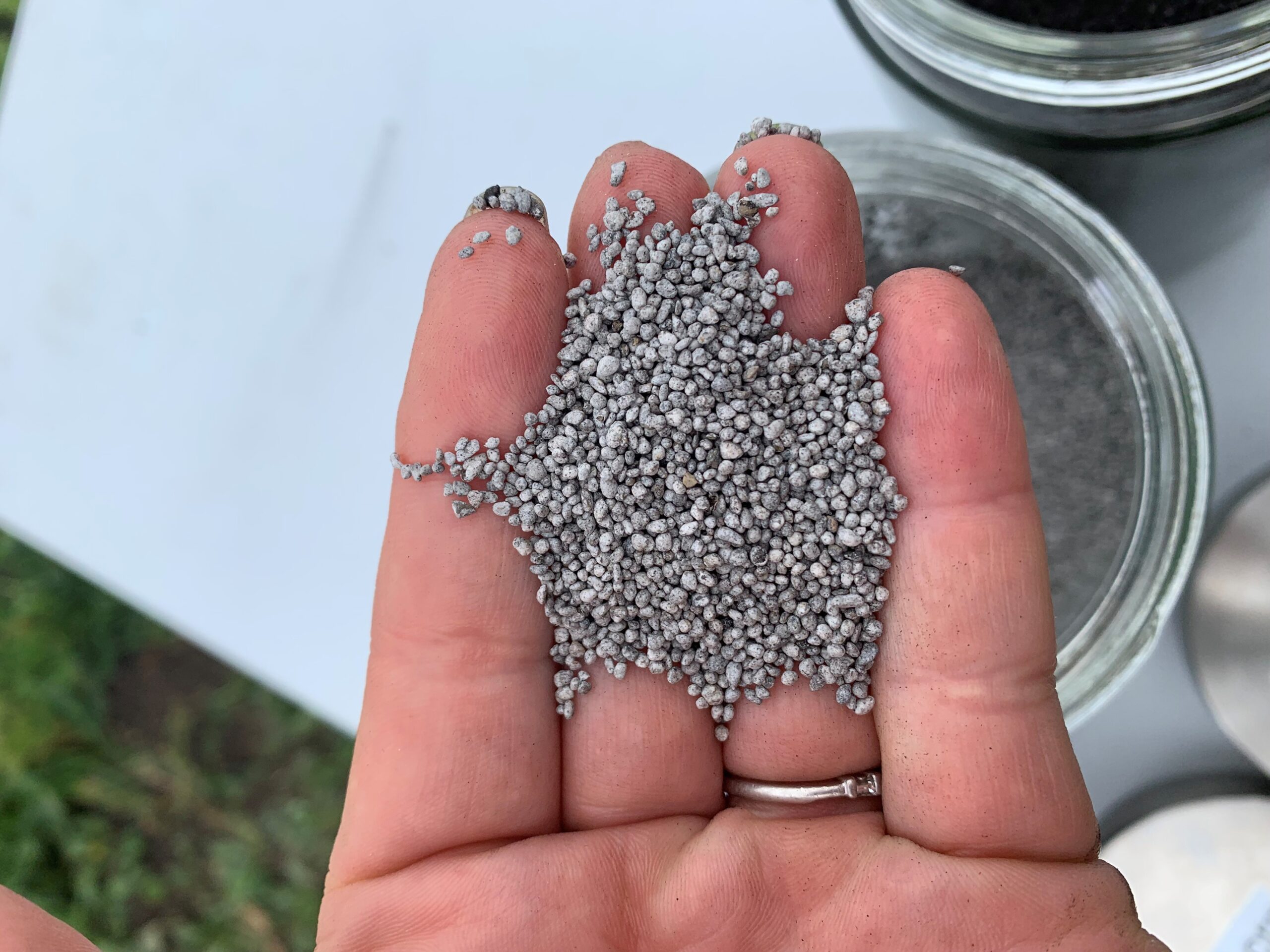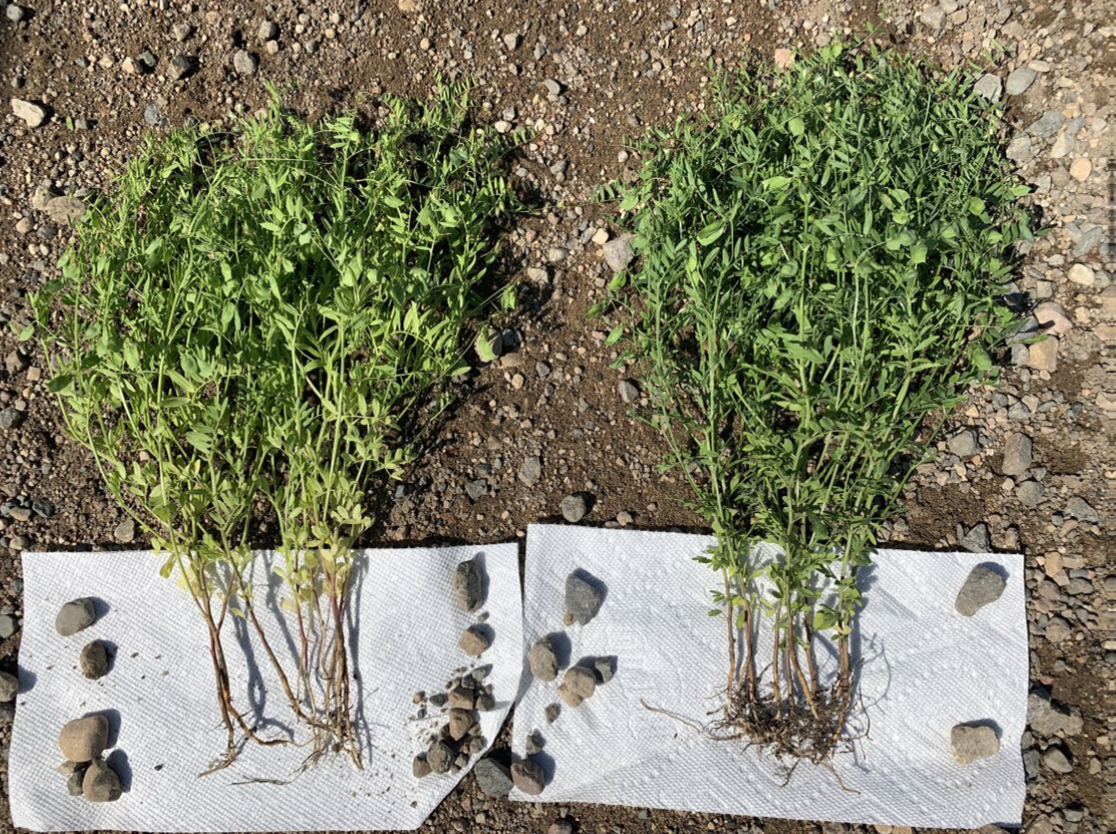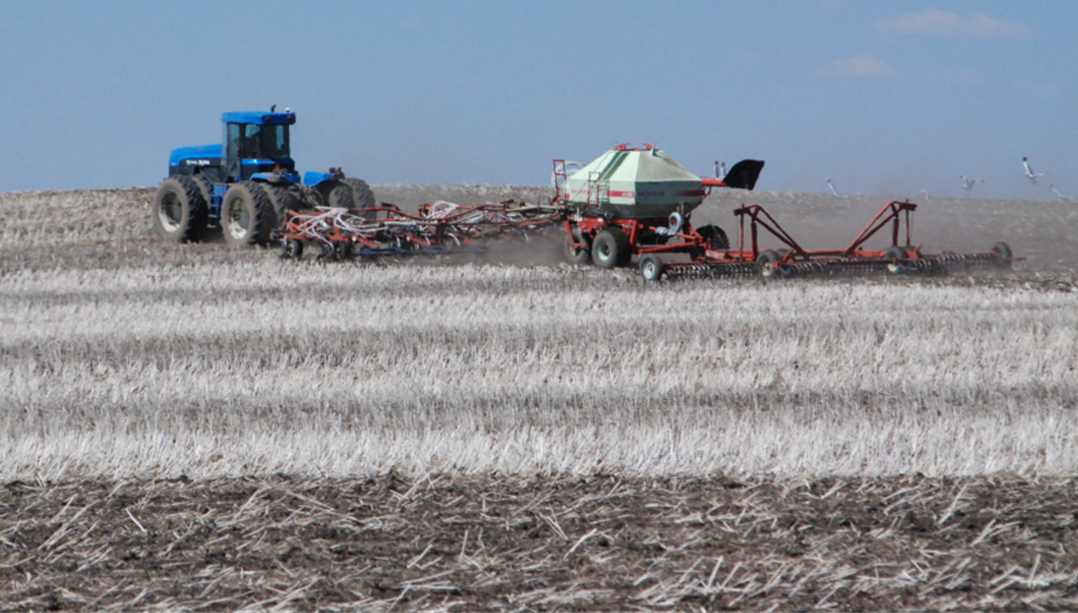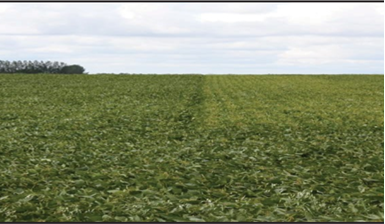Description & Adaptation
Fenugreek (Trigonella foenum-graecum L.) is a self-pollinated, small-seeded annual legume (family Leguminosae) that is grown on limited acres in Saskatchewan as a grain crop. Another name for fenugreek is Greek Hay.
Fenugreek originates from two distinct regions: the Indian sub-continent and the Eastern Mediterranean Region. It is now grown around the world with most of the seed production occurring in India, Ethiopia, Egypt, and Turkey. Fenugreek was first grown commercially in Western Canada just before the registration of the first cultivar, AC Amber, in 1992 by the Agriculture and Agri-Food Canada (AAFC) Research Station at Morden, Manitoba.
There are many uses of fenugreek including use as an herb, spice, flavouring, vegetable, animal feed, medicinal, pharmaceutical, health food ingredient, and industrial applications. However, the market for fenugreek seed is currently very small and the crop should not be grown on speculation. Growers should contact a marketing company to understand their possible market before they produce the crop.
The Saskatchewan Ministry of Agriculture publication, Crop Planning Guide includes information on projected costs of production and expected returns of fenugreek in Saskatchewan. Farm gate prices have ranged from 40–60 cents per kilogram (kg) or 18–30 cents per pound (lb) in recent years.
Fenugreek is an erect, hardy annual plant, typically growing to a height of 0.3–0.6 metres (1–2.5 feet) but most often in Saskatchewan is 12–18 inches (in) tall. It emerges quickly with the two cotyledons followed by the appearance of sets of trifoliate leaves at intervals of 5–7 days. After emergence, there is a period of slow growth where it is susceptible to competition from weeds.
The plant has a sharp, spicy aroma. It has a smooth hollow stem with alternate, single trifoliolate leaves borne on a short petiole with two small stipules at the base. Leaflets are oval and slightly toothed. Flowering can begin after the 3rd set of trifoliate leaves. Flowers are yellow-white (white-flowered types) or sometimes purple-tinged (normal types) and develop in the leaf axils either singly or in pairs. The pods are brown, slender, and sickle-shaped with a sharp beak at the end. They are approximately 7–15 centimetres (cm) long, each containing about 10-20 seeds.
The irregular rectangular-shaped seeds are 4–6 millimetres (mm) long and 2–3 mm wide and weigh 18–22 grams per 1,000 seeds. A deep furrow divides the seed into two parts: the larger cotyledons and the smaller radicle (root tip). Seed coat colour ranges from translucent in white-flowered types, with their colour-less endosperm and yellow cotyledons showing through, to greenish brown in normal cultivars. The bushel weight for fenugreek is 55-60 lb.
Fenugreek seed contains little starch or sugar, but a large proportion of dietary fibre. Table 1 shows the chemical analysis of fenugreek seed.
Table 1. Component Chemical Analysis of Fenugreek Seed
| Component | Percent (%) |
|---|---|
| Dietary fibre | 45.4 |
| Insoluble | 32.1 |
| Soluble | 13.3 |
| Protein | 36.0 |
| Oil | 6.0 |
| Ash | 3.2 |
| Starch | 1.6 |
| Sugar | 0.4 |
Source: University of Saskatchewan
Adaptation
The indeterminate growth habit and long growing season requirement (105–140 days) for fenugreek suggest the crop is best adapted to southern Saskatchewan. This area is prone to drought stress in late summer and early fall, conditions which terminate the growth of the fenugreek plants. Under cool, moist conditions, plant development is slow and if these conditions prevail during the end of the growing season, the plant’s indeterminate nature may cause it to fail to mature and immature seeds may be frozen in the fall. Fenugreek is heat tolerant but is not resistant to severe drought. It has a strong tap root but low yields can occur in dry years. Fenugreek does well with warm temperatures and good moisture.
The plant thrives in full sun on rich, well-drained soils with a pH of 5.3–8.2, and in optimum air temperatures of 8–27°C.
Varieties
Table 2. Five Fenugreek Cultivars Have Been Released in Canada
| Variety | Year of Release | Breeder (Distributor) | Type/Traits |
|---|---|---|---|
| AC Amber | 1992 | AAFC Morden (Canadian Grains) | Normal |
| CDC Quatro | 1995 | CDC Saskatoon (Emerald Seed Products Limited) | Normal |
| CDC Canagreen | 2002 | CDC Saskatoon (Emerald Seed Products Limited) | Normal |
| CDC Canafen | 2002 | CDC Saskatoon (Emerald Seed Products Limited) | White-flowered |
| AC Tristar | 2004 | AAFC Lethbridge Research Centre | Forage variety |
Three are normal lines including AC Amber, released by AAFC Morden in 1992, CDC Quatro by Crop Development Centre (CDC) Saskatoon in 1995, and CDC Canagreen, released by CDC in 2002.
CDC Quatro is a double-podded variety with improved seed yield, vigour, and height. In replicated trials, CDC Canagreen was like CDC Quatro in most agronomic traits, except seed yield, where it was 28% higher.
CDC Canafen, a white-flowered variety with low colour, taste, and odour was developed primarily for use in the production of functional foods and nutraceuticals and is currently the main variety being grown in Western Canada.
AC Tristar was a variety developed as an animal forage for irrigated and dryland production in Southern Alberta. In field studies, AC Tristar produced as much high-quality biomass as two cuts of alfalfa, without the risk of bloat.
Related Resources
Seeding
Fenugreek should be seeded in early May on light, well-drained soil. The optimum plant density is 135 plants per square metre (m2) or 12 plants per square foot (ft2). Denser stands usually result in more uniform maturity. A seeding rate of 31–45 kilograms per hectare (kg/ha) (28–40 pounds per acre should be used for seed with good germination. The recommended seeding depth is 2–4 cm (1–1.5 in).
Related Resources
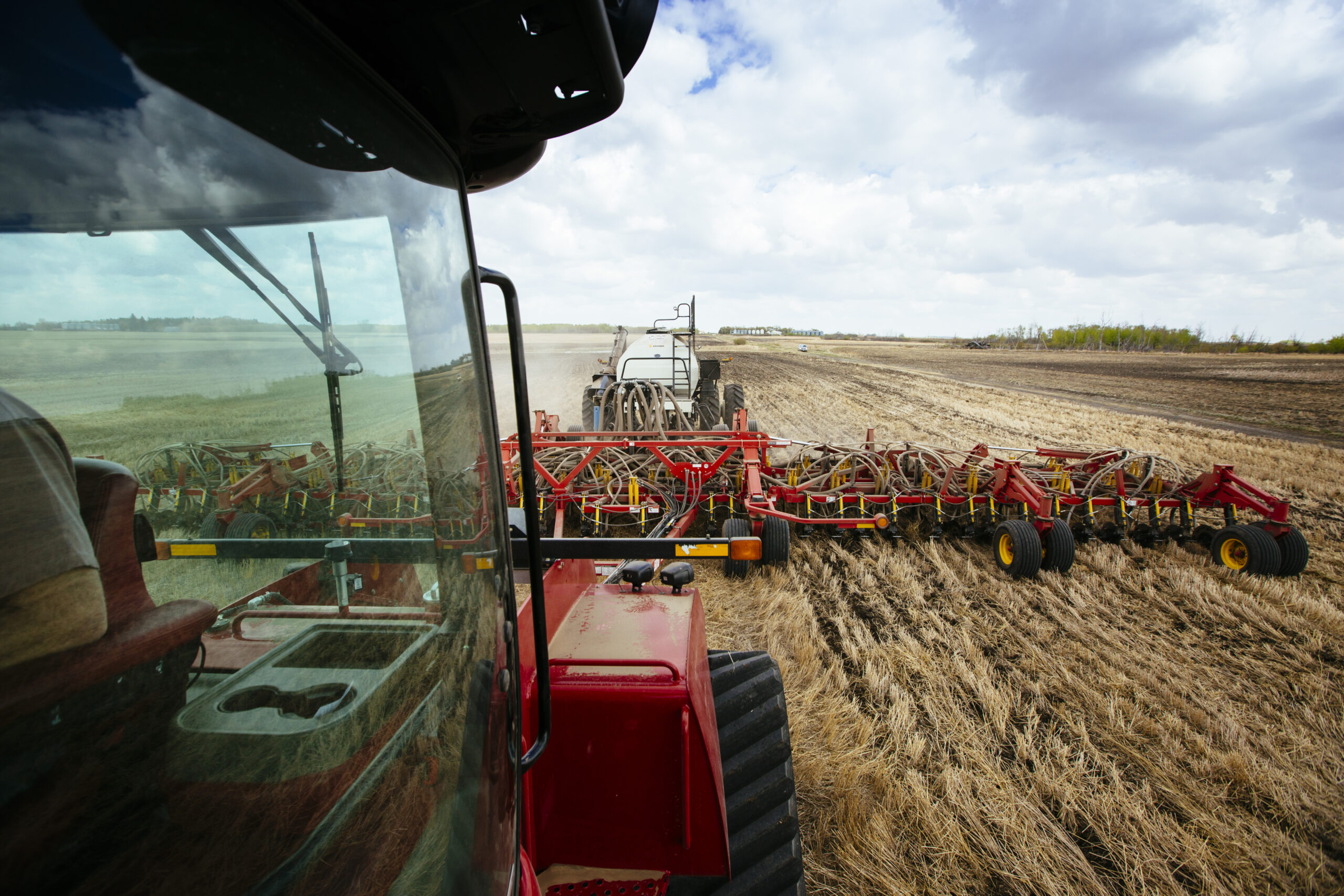
Calculating Seeding Rates
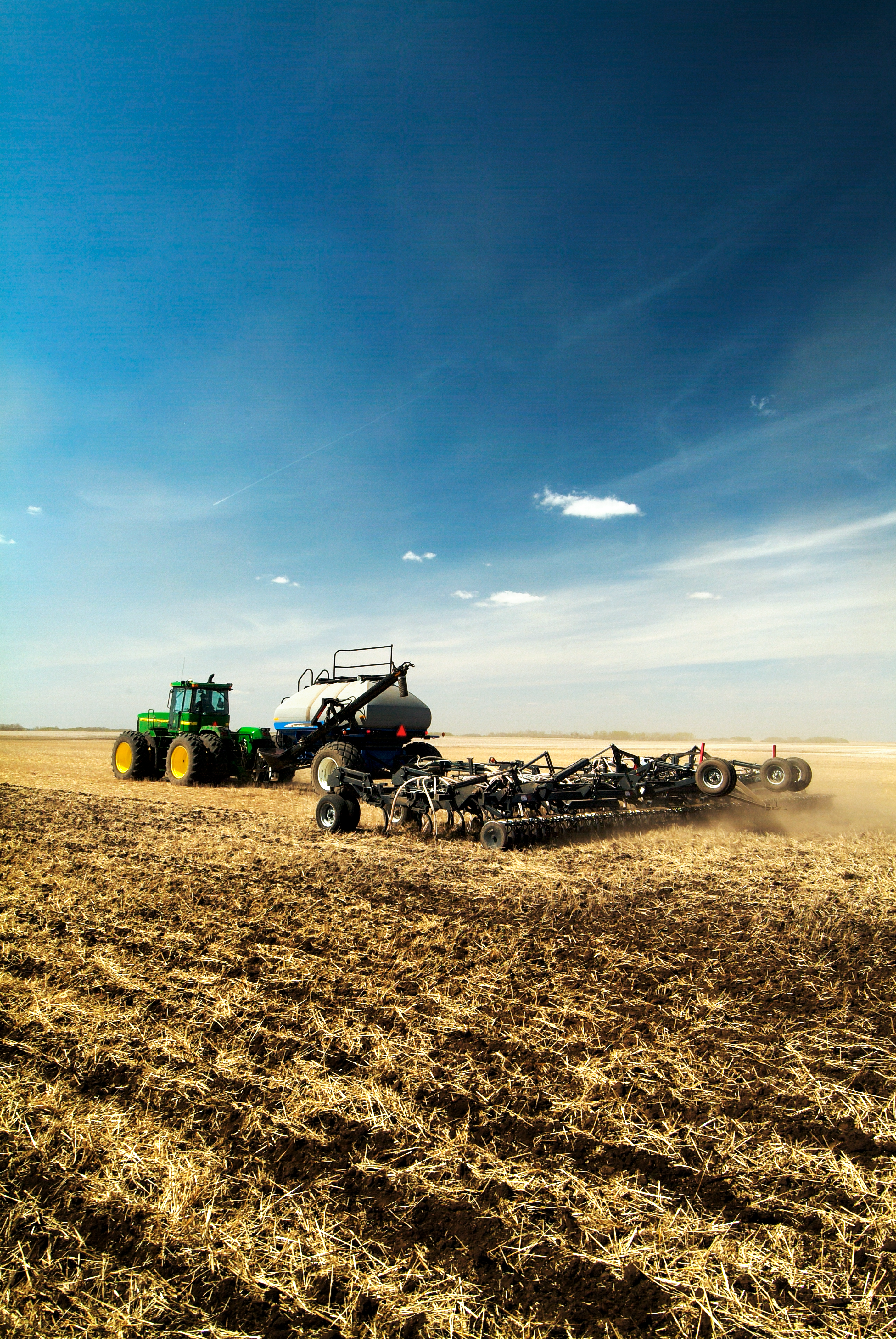
Seeding Tips For Pulse Crops
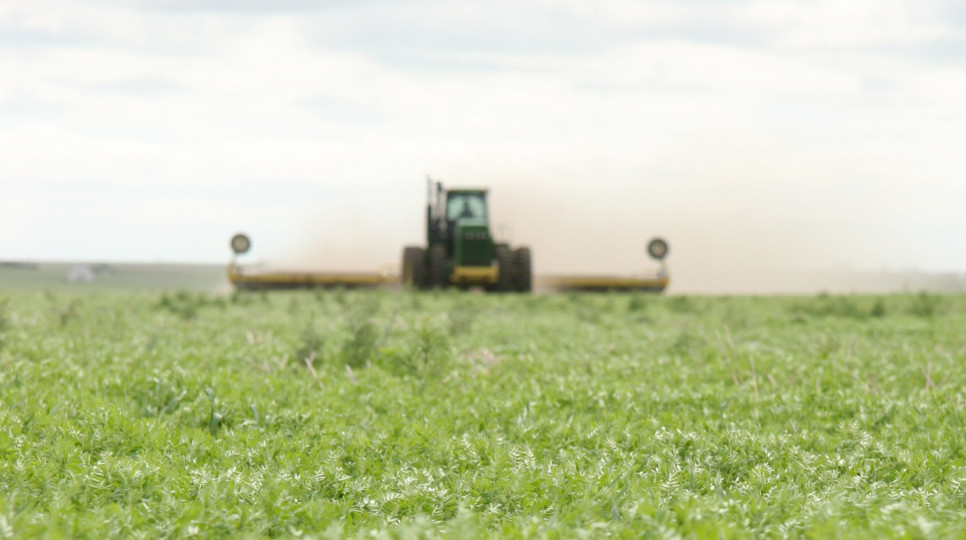
Tips for Rolling your Pulse and Soybean Crops
Inoculation & Fertility
Inoculation
Fenugreek is a member of the legume family and therefore can fix nitrogen when an inoculant with the right strain of rhizobia is used. The rhizobia that nodulate fenugreek is specific to the origin of the variety. Indian origin differs from those varieties originating from the Mediterranean group. Inoculum obtained from Russia was effective in nodulating the Mediterranean group and Sinorphizobium melioti strain (RGFU1) was produced at one time on a small scale. Due to limited acres of fenugreek, there is no current work being done on producing inoculants specifically for fenugreek and the addition of existing inoculants has not contributed to sufficient yield increases to warrant use.
Fertility
Nitrogen requirements for fenugreek are like lentils. Nitrogen fertilizer rates of a minimum of 50 pounds per acre (lb/ac) are recommended where soil nitrogen is low. The application of too much additional nitrogen fertilizer can lead to excessive vegetative growth, poor seed production, and delayed maturity.
Phosphorus is important for optimum nodule, flower, and seed formation and advancing crop maturity. In research conducted at the University of Saskatchewan, the addition of phosphate (P205) fertilizer was found to increase yield. Application of phosphate fertilizer is recommended based on a soil test and current recommendations suggest rates like those of peas or lentils. Seed placement of phosphate more than 17 kilograms per hectare (kg/ha) or 15 lb/ac can reduce plant stands in most legume crops and, if rates higher than 17 kg/ha P205 are needed, it should be side-banded near the seed or applied with a wider-spread opener.
